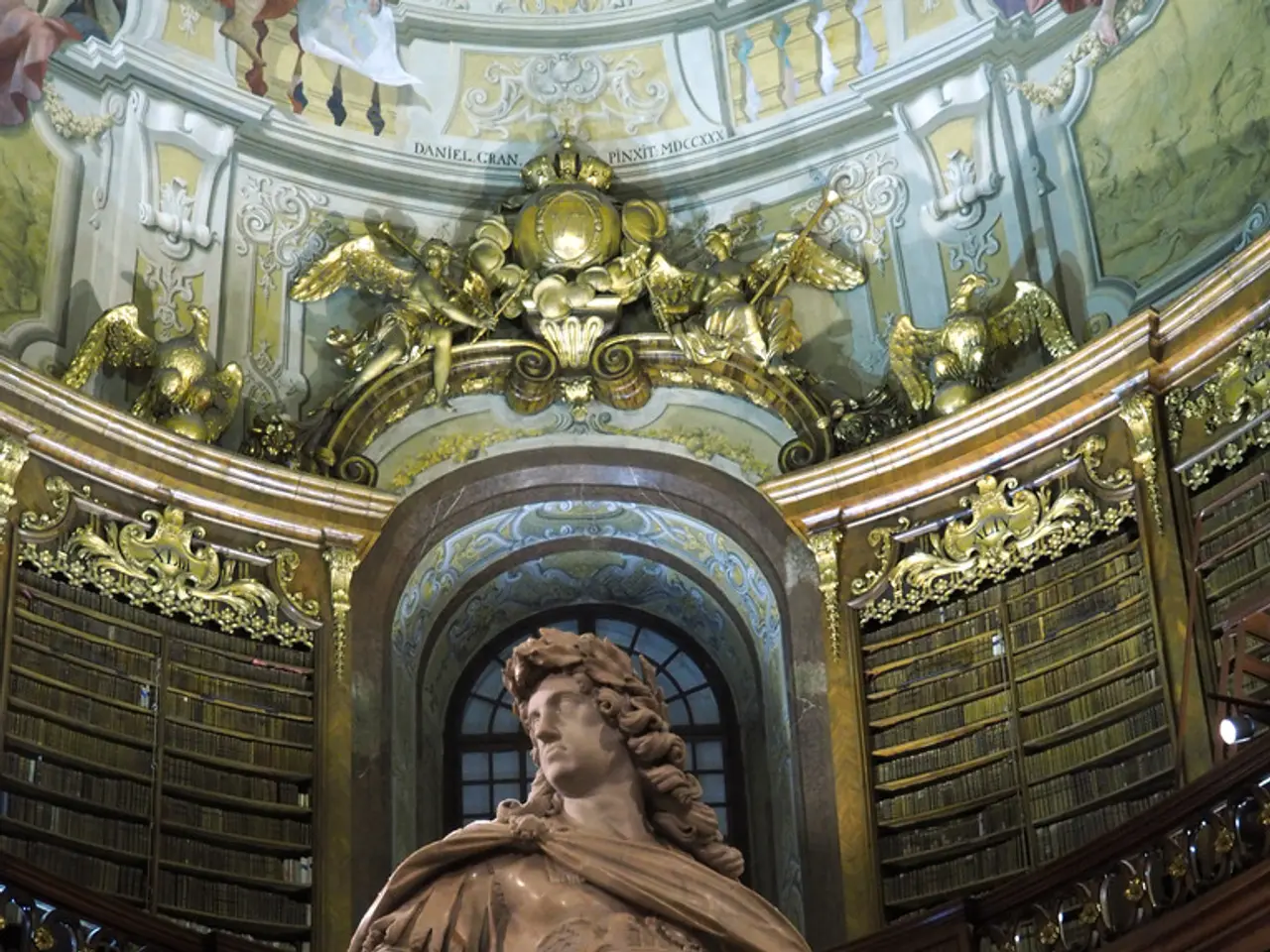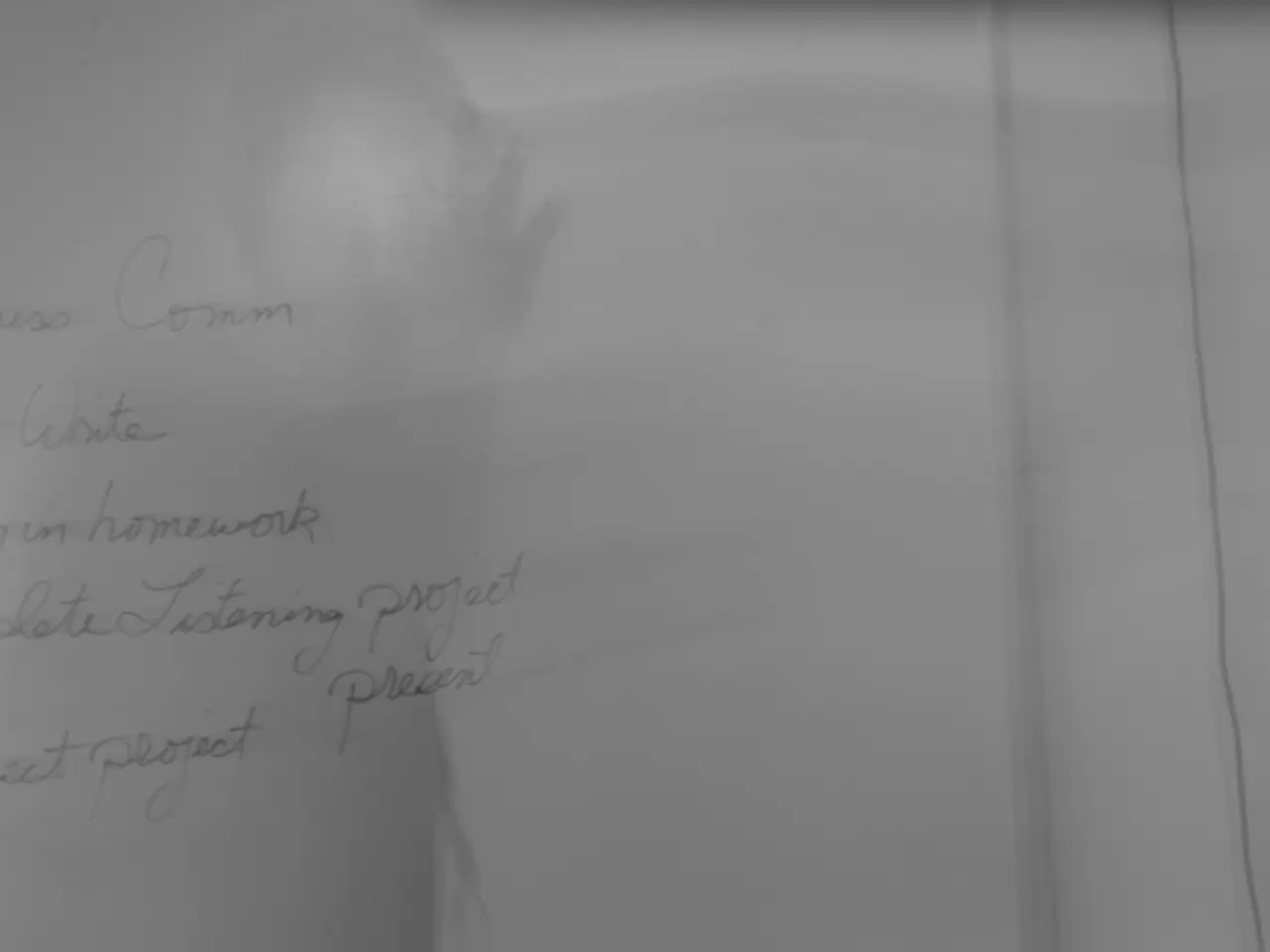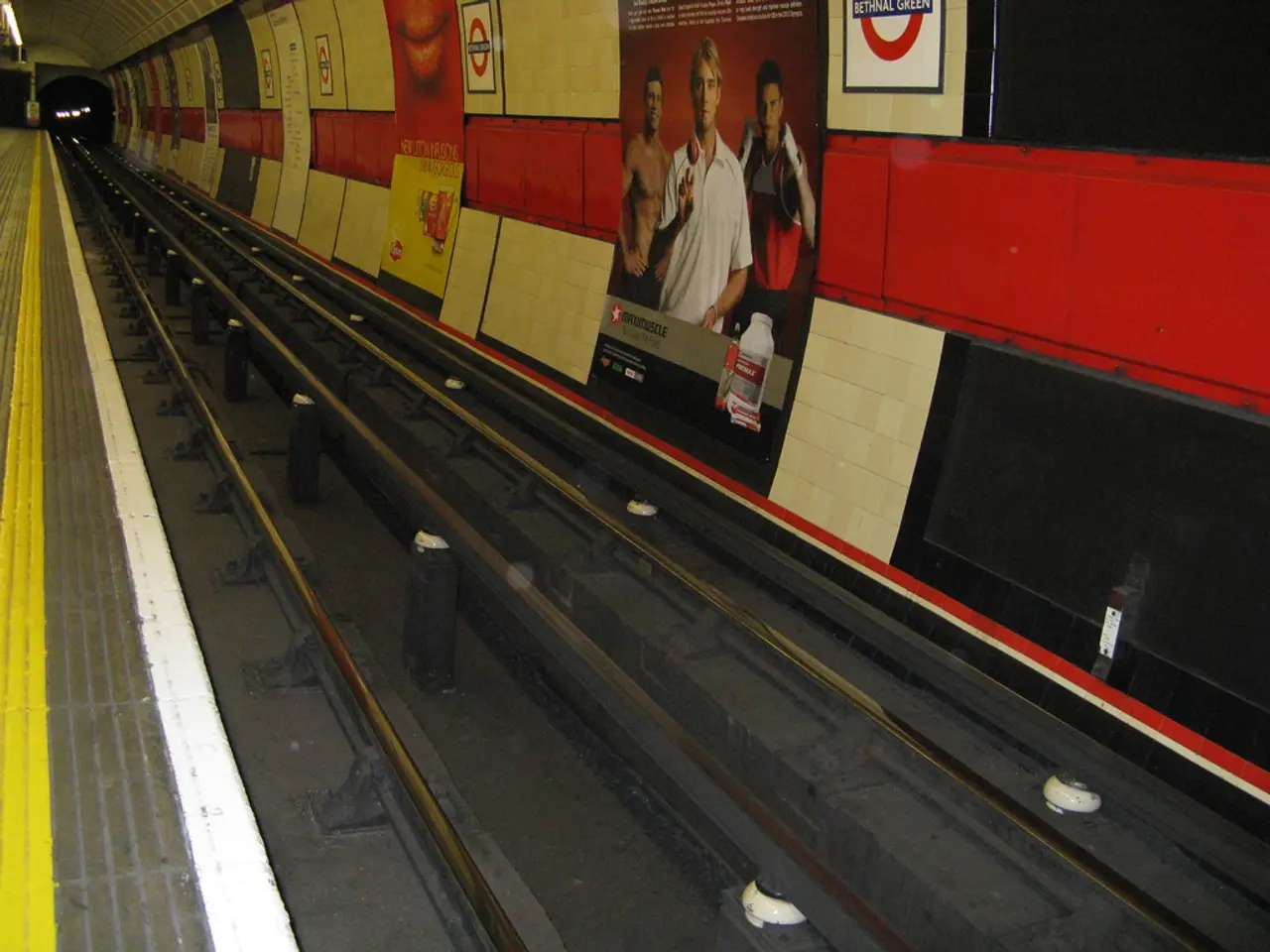Power Struggles and Influence in the Establishment of the Louvre Museum in Paris
The Louvre Museum: A Journey Through History and Controversy
The Louvre Museum, one of the world's most famous art institutions, has a rich and complex history that mirrors the political and cultural shifts of France. Established in 1793 during the French Revolution, the Louvre was transformed from a royal palace into a public museum, marking a significant milestone in the democratisation of art.
Originally built in the late 12th century as a palace for the French monarchy, the Louvre was strategically located near the Seine River. However, its role changed dramatically with the onset of the French Revolution in 1789. The National Convention, in a bold move, decided to convert the Louvre into a museum open to all citizens, thus beginning its journey as France's first public museum. This transformation was accompanied by a significant expansion of the collection, enriched by the confiscation of property from the Church and nobility during the Revolution.
The Louvre's origin as a symbol of revolutionary ideals of accessibility and public education saw royal art collections transformed into a national treasure accessible to the public rather than private aristocracy. However, this openness was not without its controversies. Napoleon Bonaparte, for instance, used the Louvre to glorify himself, ornamenting its halls with his personal insignia and filling it with booty from his military campaigns.
Napoleon's treatment of the Louvre as a trophy case, filling it with statuary, archaeological finds, and other objects from his conquests, including the Vatican, San Marco in Venice, and Egypt, raised questions about the ethics of collecting and the power dynamics involved. Those who control art—its form, placement, availability, and definition—control a significant part of the cultural narrative that defines who we are and our relationship with the past.
Fast forward to the 20th century, and the Louvre continued to grapple with questions about what art to display. African objects, for instance, were rejected and ended up in places like the Trocadero, an exhibition hall built for the World's Fair of 1879. It wasn't until the 1980s that the Louvre made a serious push to include African art, leading to the opening of the Pavillon des Sessions in 2000.
In more recent times, the Louvre has faced criticism for its role in perpetuating colonial-era attitudes and prejudices, particularly in the exile of certain cultures to the Musee du quai Branly, opened in 2006 on a prime piece of Parisian real estate near the Eiffel Tower. These judgments, rooted in broader prejudices of the time, considered cultural traditions outside Europe to be of lesser quality, value, and importance.
Today, the Louvre Museum continues to be a magnet for millions of tourists every year, drawing visitors from all corners of the globe. Yet, it continues to grapple with the complexities of its past and its role in shaping the cultural narrative. The debates over the root value of museums and their collections are playing out in museums all over the world, with profound questions about power and authority at their core.
As Dr. Elizabeth Rodini explains, the Louvre's transformation from a royal palace into a public museum was a pivotal moment in its history, symbolising the end of the monarchy and the possession of art by the people. The Louvre's journey since then has been one of continuous evolution and adaptation, reflecting the changing values and attitudes of society.
The Louvre Museum's transformation during the French Revolution, from a symbol of monarchical power to a public museum, marks a significant intersection of art history and politics. In the 20th century, the Louvre's decisions about what art to display, such as the rejection and relocation of African art, also fascinatingly interacted with broader news topics of cultural identity and post-colonialism.







